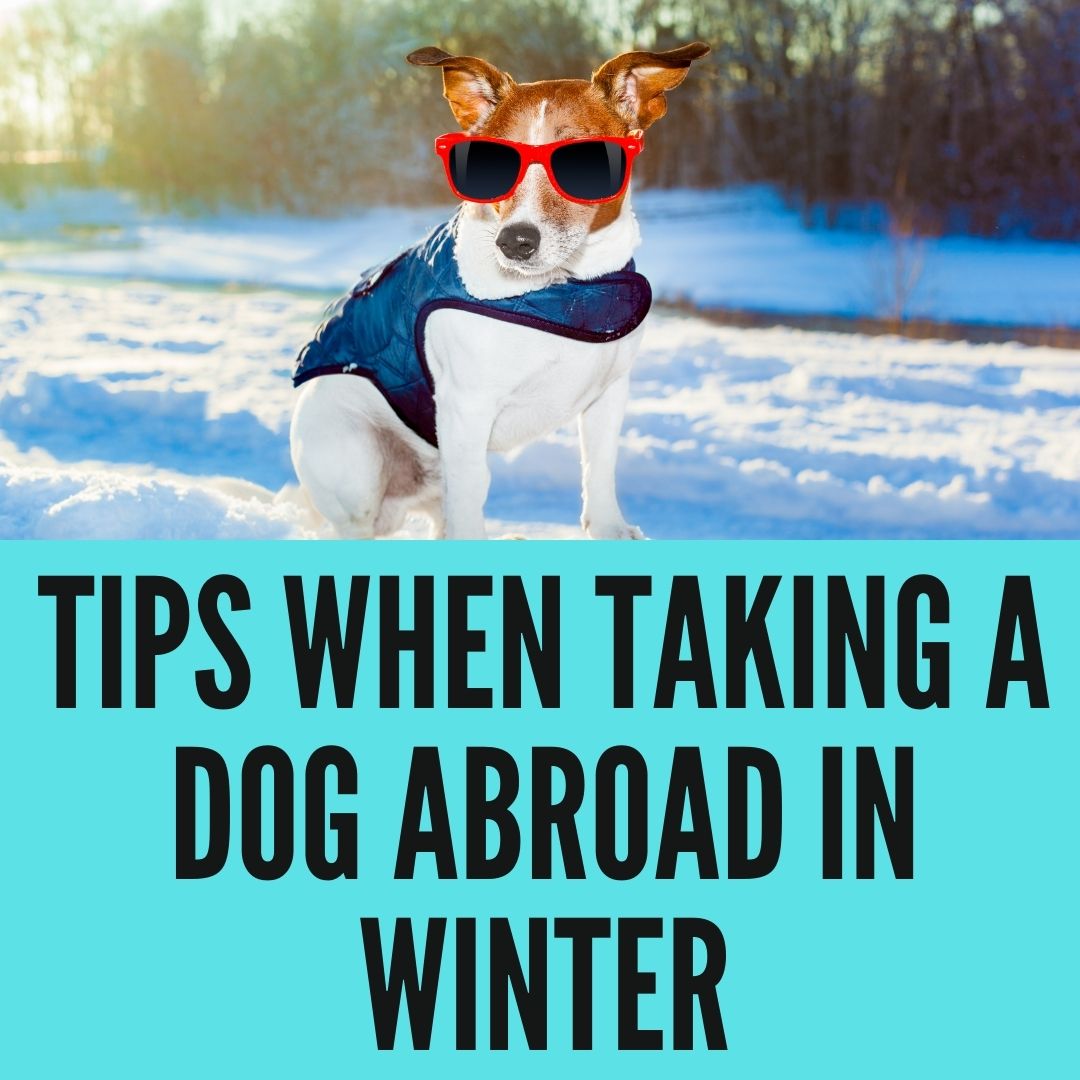A winter holiday is always special, and it becomes even more so when you take your furry best friend with you.
When you decide to take your dog along with you during your winter holiday, you will not have to worry about who will take care of them when you are away.
You will also avoid missing them and yearning for them when you are traveling.
According to most dog owners, separation anxiety is inevitable when you leave your pet behind to go away on holiday.
It is the reason most pet owners want to bring their dog with them when going on holiday.
You can enjoy some cross-country skiing in the alps or stay in a cozy cottage and enjoy the company of your pet.
Here are some tips for the winter holidays and pet travel with your dog.
Contents
Can You Take Your Dog With You On Winter Holiday?
Yes, you can. Having a dog is the best reason to explore the winter season. Dogs are not problematic when taken care of properly and you will get to have fun with them in the wintery outdoors.
Do not stress about flying abroad. Take a winter break right at home and bring your dog with you to enjoy the trip.
Any dog owner would agree that snuggling up to a warm fire with your dog by your side after a day of exploring the cold winter outdoors sounds like a dream.
There are, however, some issues that you should make a point to address before you embark on your winter journey. You should double-check that the place you have booked for accommodation is dog-friendly.
It ensures that your dog is comfortable throughout the winter and that they have all the comforts necessary to avoid a stressful journey.
Safety Tips For Traveling With Your Dog During Winter
Protect Your Dog’s Paws
Although your dog’s paws are robust and may not get hurt easily, exposing them to snow and ice for prolonged periods can become problematic. Your dog may get chapped, cracked, or itchy skin on its paws.
Additionally, salt poured on icy roads to melt the snow can irritate their skin and cause chemical burns on the paws.
When considering taking your dog on cold icy roads or trails, be mindful of their paws by using booties or applying a protective paw balm on them.
If the roads have salt, you should wash the dog’s paws once you return to your area of stay. Check the dog’s paws regularly to ensure that they are not hurt and only stay out for short stretches.
Keep Your Dog Warm
What temperature is safe to walk your dog in the snow?
It depends on the dog’s size and breed. Dog breeds made for extremely cold temperatures such as huskies, Akitas, and malamutes will not mind the cold weather.
Smaller dogs and less-hairy breeds will be at a higher risk of hypothermia because they will lose heat much faster.
It is best to wrap up and keep warm if the temperatures are low single figures. You should also get a fleecy waterproof coat for your dog to ensure they stay warm when outdoors. You can also opt for outdoor dog bedding during winter Travel via Airlines, cars, or Trains.
Do not stay outside for too long if the temperature is -4 degrees celsius. Remember to monitor your dog when you are doing outdoor activities.
Carry A First Aid Kit With You
Always ensure you have a first aid kit when exploring the wintery outdoors with your dog. It will come in handy if you or your dog get into an accident.
Trim The Fur
Trim the dog’s legs and paws before they go in the snow. If they have too much fur on their paws, they will most likely gather snowballs that make their paws too cold.
The dog will get uncomfortable and may even develop skin irritation around the area.
Avoid Frozen Lakes
Your dog may be too heavy to walk over the ice in frozen lakes and fall in. If any frozen open areas are vast, it is best to go around.
Ensure your dog is on a leash, as it will help guide them to safety.
If your dog falls through thin ice, do not go after them as this could break the ice further. Try calling them and call for help from emergency services immediately.
